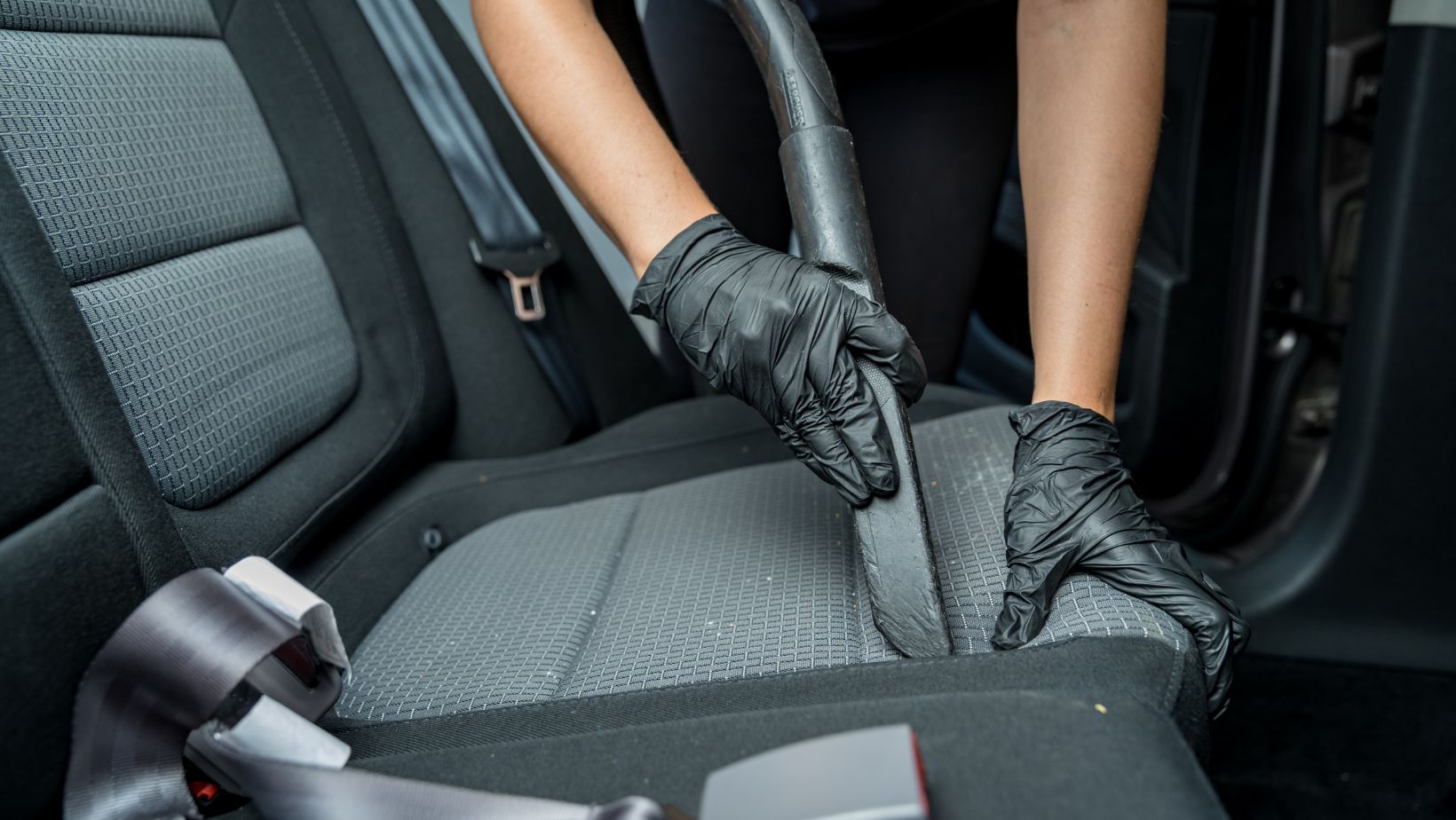Table of Contents
ToggleMiele vs Dyson
In this article, I’ll be delving into the age-old debate of Miele vs Dyson: Vacuum Brand Showdown. These two powerhouse brands have been dominating the vacuum cleaner market for years, each with their own loyal following. Whether you’re in the market for a new vacuum or simply curious about which brand reigns supreme, I’ll provide an unbiased comparison to help you make an informed decision.
When it comes to performance and suction power, both Miele and Dyson have made significant strides in engineering top-notch vacuums. Miele is known for its German precision and craftsmanship, offering a range of models that excel at deep cleaning carpets and removing pet hair. On the other hand, Dyson has built a reputation for innovation and cutting-edge technology, with their bagless cyclonic systems that deliver powerful suction across various floor types.
Durability is another aspect worth considering when choosing between these two brands. Miele vacuums are renowned for their longevity, often lasting well over a decade with proper maintenance. They are also equipped with high-quality components and filters that contribute to their reliability. Meanwhile, Dyson vacuums boast robust construction and sturdy materials that can withstand heavy use.
Stay tuned as we explore different factors such as price points, features, customer evaluations, and more to determine which brand comes out on top in this ultimate Miele vs Dyson: Vacuum Brand Showdown. So whether you prioritize exceptional cleaning performance or advanced technological innovations in your vacuum cleaner, this showdown will help guide you towards making the right choice for your home’s cleaning needs.

The Background of Miele and Dyson
When it comes to home cleaning appliances, two brands that often come up in conversations are Miele and Dyson. Both companies have established themselves as leaders in the vacuum cleaner industry, offering innovative technologies and high-quality products. In this section, I’ll provide a brief overview of the background of both Miele and Dyson.
Founded in 1899, Miele is a German company known for its commitment to precision engineering and superior craftsmanship. With over a century of experience, Miele has built a reputation for producing durable and reliable household appliances.
One notable aspect of Miele’s approach is their focus on manufacturing all major components in-house. From motors to filters, they meticulously design and produce these parts themselves, ensuring strict quality control throughout the production process.
Miele offers a wide range of vacuum cleaners catering to different needs and preferences. Their lineup includes upright vacuums, canister vacuums, stick vacuums, and robotic vacuums. They also offer specialized models for pet owners with advanced filtration systems to tackle allergens and pet hair.
In contrast to Miele’s long-standing history, Dyson is a relatively newer player in the market. Founded by James Dyson in 1991, this British brand quickly made waves with its innovative approach to vacuum cleaner design.
Dyson revolutionized the industry by introducing bagless cyclonic technology that eliminates the need for traditional dust bags. This breakthrough innovation not only improves suction power but also reduces maintenance hassles associated with bag replacement.
Another key feature that sets Dyson apart is their focus on cutting-edge engineering and sleek design aesthetics. Their vacuum cleaners boast powerful motors, advanced filtration systems, and user-friendly features like easy maneuverability and ergonomic handles.
Dyson offers an extensive selection of vacuum cleaners, including uprights, canisters, cordless models, and even handheld vacuums. They also offer specialized versions designed specifically for homes with pets or allergy sufferers.
In the Miele vs Dyson vacuum brand showdown, both companies bring unique strengths to the table. While Miele excels in traditional craftsmanship and German engineering precision, Dyson shines with its innovative technology and sleek design. Ultimately, the choice between these two brands comes down to individual preferences and specific cleaning needs.

